When it comes to PC storage both internal and external, SSDs are taking over for real. Why? They offer more benefits than traditional hard disk storage, so their increasing popularity is well-understood.
The only question is why are SSDs so expensive? Have you ever bothered to ask why? I’ll give some of the reasons why solid state drives cost more. You should be able to make an informed decision after reading this post.
Why Are SSDs So Expensive
Several factors are responsible for SSDs’ higher prices, many of which consumers haven’t really bothered to unravel.
So, here are the reasons SSDs are so pricey.
1: Upgraded technology and upgraded price:
We all know that new technologies come with new prices, and it’s the same thing with upgraded ones.
The solid state drives aren’t new technology. But the latest ones we have in modern computers are upgrades worth discussing.
SanDisk shipped the first flash-based SSD in 1991. And it was a 20MB solid state drive in a PCMCIA configuration.
The drive was later sold to IBM as OEM for about a thousand dollars, and was used it for in their ThinkPad.
Seven years later, precisely in 1998, SanDisk released another SSD. This time, it was a 2.5 and 3.5 inch SSDs with PATA interfaces.
So, SSDs weren’t developed today, but decades ago. However, what we have in modern computers now is a massive upgrade.
Here’s how the SSD stands out compared to the HDD.
Many years ago, even though the SSD was in existence, it wasn’t as developed as it is today. Thus, the HDD was the main storage for PCs.
Hard disk drives did the jobs they were designed to do, but it was clear for techies to see that improvements have to be made.
Today, SSDs have taken over, replacing HDDs. We may have something bigger and faster in the future, but for now, they’re the fastest.
SSDs offer several benefits that suit the needs of gamers and other users. They’re faster than HDDs.
Solid state drives utilize flash-memory, which is faster than the mechanical arm that hard disk drives have.
SSDs are fast and they can make a massive difference in your gaming experience, including other applications where speed is valuable.
In a few years from now, new PC users won’t remember the time data used to be stored in a spinning magnetic disk. Until SSDs become commonplace, they’ll continue to have the high price point they have.
That’s one thing with latest technology. Since they’re new and more research is ongoing, they’ll have a high price tag.
I believe the price of solid state drives will drop massively when it become popular.
A Handy Tip: SSDs are gradually replacing HDDs, but the future of storage is about to take a new dimension. Intel and Micron are teaming up for a new project called 3D XPoint.
3D XPoint is going to be the latest non-volatile memory, and will sit somewhere in-between HDD and SSD. In plain terms, it will be an upgrade on the current storage memory available.
I believe the release of the 3D XPoint will bring about the gradual or complete demise of HDDs, but it won’t threaten SSDs that much.
Instead, what the introduction of the 3D XPoint will do is that it will lower the prices of SSDs.
Anyway, that’s if the project will even scale through the hurdles its facing. The last time I checked, Micron was planning to exit the 3D XPoint project because of the insufficient market validation to justify the massive investment needed to commercialize 3D XPoint.
2: SSDs are faster:
We all know that speed is convenience, and that convenience comes at a cost. Interestingly, PC users are ready to pay that price, and brands making these devices are fully aware of this.
Our digitized lifestyle has shortened our attention span massively. In fact, a study conducted by Microsoft showed that consumers have shorter attention span than a goldfish.
The truth is, we can’t blame people for seeking devices like the SSDs that complement their fastpaced lifestyles. Time isn’t on anyone’s side, and working with a slow computer can leave one frustrated.
So, developers have upgraded the SSDs and made them faster, and users appreciate that.
Imagine being in this scenario: You tried to load a game in one computer, and it loads almost instantly. In another computer, you tried loading the same game, but had to wait longer for it to load. Which of both computers will you like to use for gaming?
Of course, everyone will like to choose the first option, which is the computer that loaded almost immediately.
The first computer in my illustration is a computer with SSD storage, while the second is one with an obvious storage, HDD. Solid-state drives are more expensive than HDDs because they deliver something HDDs can’t.
So, many people are already embracing the solid-state drives, not minding their high price point. Why? It offers better gaming experience. Your game will load faster and its performance would entice you.
That said if your computer’s speed is a major concern for you, you should consider choosing the SSD. However, if you feel it’s too pricey, and can cope with an HDD’s slowness, you can go for it.
3: Power requirement:
If you have an advanced or super fast computer that doesn’t use an SSD, keep an eye on its battery. You’ll be surprised at how quick the battery drains.
What causes battery of certain computers to drain fast? When the computer is moving at a very high speed, the battery tends to work harder to ensure speed and performance doesn’t drop. Consequently, your battery will start draining fast.
In most cases, the battery in the computer may die faster than anticipated and you may need to get a brand new one, incurring more cost.
With the solid-state drive, power won’t be an issue for your computer. The drive runs super fast, but won’t leave your battery drained.
SSDs are energy efficient, and this feature alone can contribute to its high price. Manufacturers know the benefits SSDs offer for being energy efficient. They also know energy efficiency is one of the key features gamers and other PC users fancy in their machine.
So, why is SSDs energy efficient?
Firstly, solid state drives have fewer moving parts. In addition, they move with high speed, and cause less wear and tear on your computer’s battery.
So when you factor in the fact that you won’t have need to change your PC battery now and then because of SSDs’ energy efficiency, you’ll understand why developers are setting a high price for these storage devices.
4: Noiseless:
Hard disk drives make whirring or whining noises when in use. The noise is perfectly normal, and not a sign of fault in your disk drive.
HDDs make noise when booting up, storing or accessing data. It has a mechanical arm that writes on the magnetic disk.
This noise is low-pitched, though you can hear it. But the thing is, most people would prefer the HDDs to be quieter. Who likes noise anyway?
The SSD doesn’t have any noisy movable parts (or even a mechanical arm) like the hard disk drive, so it’s quieter and more reliable.
The moving parts on a hard disk drive make it fragile. It can easily experience breakage or something else might go wrong with the storage device.
Interestingly, the SSDs don’t have any movable parts. Thus, information isn’t stored on a magnetic disk like the HDD. Rather, it stores its information on integrated circuits (ICs).
The SSD may only have fewer issues, considering how they’re made. By the way, every component will develop a fault at some point. Thus, longevity depends on how you maintain and use a component.
However, SSDs are reliable, thanks to the fact that they don’t have moving parts. Their long-life span and reliability also comes with a prize. The prize is the high price tags on them.
So, if you fancy the reliability of SSDs, you can’t complain about their price points. That’s because when you buy an SSD, you may only consider buying another when needing an upgrade.
Do SSDs Last Long?
Several factors can inspire people to consider splashing the cash on a component and durability is one of them.
In other words, when a component has a good lifespan, you might not even bother to think much about its lifespan.
The SDD appeals to many gamers and PC users, including myself, because of its durability and exceptional performance.
When you buy an SSD, you won’t be thinking of buying a replacement for years, unless you’re doing an upgrade.
You can get a maximum of about 10 years from your SSD, though average is around 5 to 6 years.
A Handy Tip: How long an SSD will last depend on how often you write data into the storage device. You can even use that to estimate the drive’s lifespan.
Conclusion
Why are SSDs expensive? Have you been pondering on this for a while now? Well, here’s the thing. Several factors are responsible for SSDs’ high price. These include its reliability, speed, and the fact that it’s a new technology.
Gamers using SSDs are getting value for their money, given the performance and speed the drive delivers. SSDs are also energy efficient, reducing the rate at which your computer’s battery drains when it’s in use.


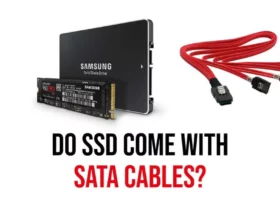
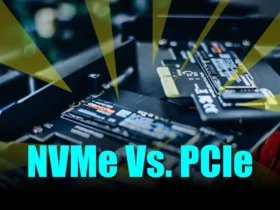
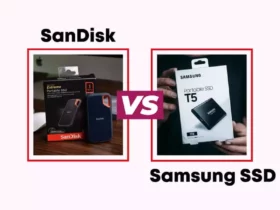
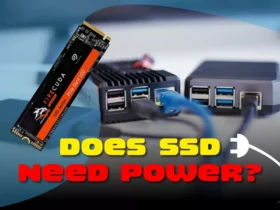
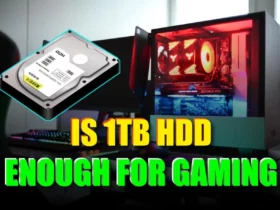
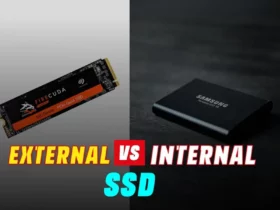
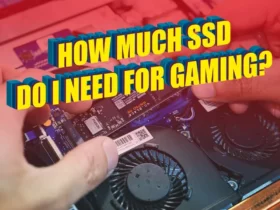
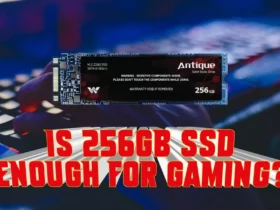
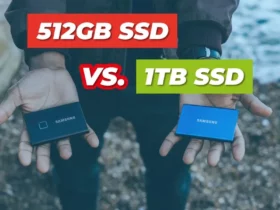
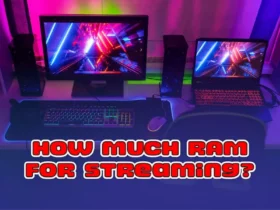
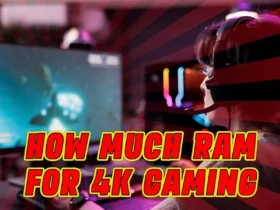
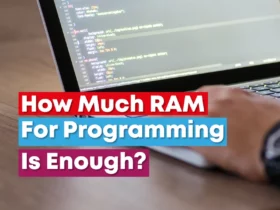

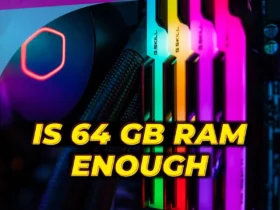
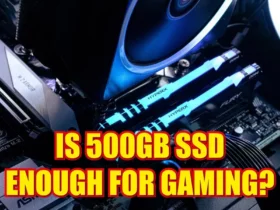
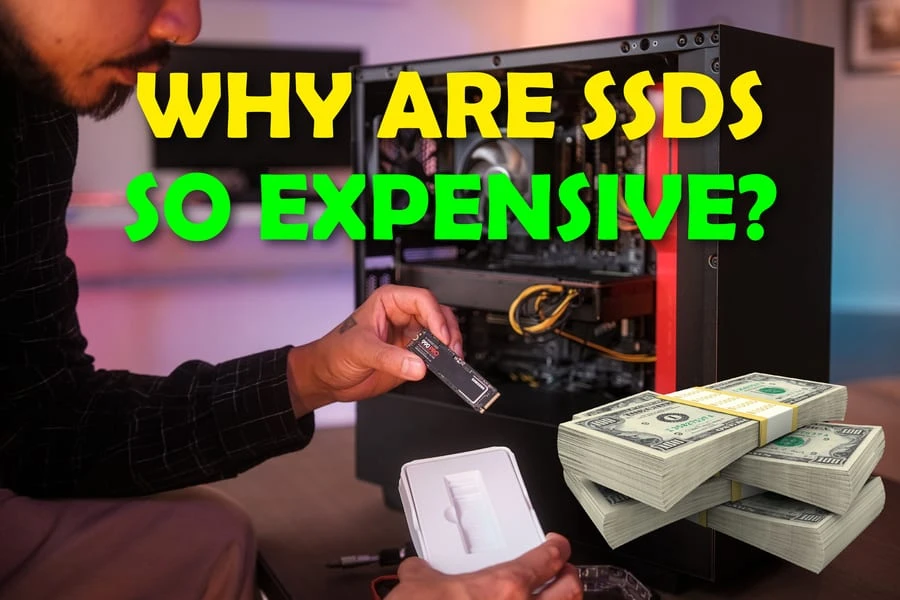
Leave a Reply